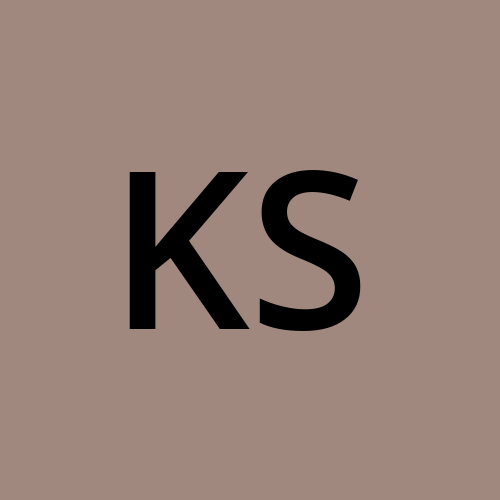Media Query
 Krutheesh Siripuram
Krutheesh SiripuramIn today's digital landscape, responsive web design has become an essential requirement for building modern websites. With a wide range of devices and screen sizes available, it's crucial to ensure that your website looks and functions optimally across various platforms. CSS media queries are a powerful tool that enables developers to adapt the layout and styling of web pages based on different device characteristics. In this article, we will explore the intricacies of CSS media queries and provide code examples to help you implement them effectively
Understanding CSS Media Queries:
CSS media queries allow developers to apply different styles based on the characteristics of the device or viewport. By specifying conditions such as screen width, height, device orientation, and resolution, you can create adaptive and responsive designs.
Media queries are written using the @media rule and consist of a media type and one or more expressions. The media type specifies the type of media the query applies to, such as 'screen' for computer screens or 'print' for printers. Expressions define the specific conditions for the query, such as the screen width or device aspect ratio.
Media Query Syntax:
The general syntax for CSS media queries is as follows:
@media media_type and (media_expression) {
/* CSS rules to be applied */
}
Let's dive into some common use cases and code examples to better understand how media queries work.
Adjusting Styles for Different Screen Widths:
One common use case for media queries is adapting styles based on the screen width. Here's an example:
@media screen and (max-width: 600px) {
/* CSS rules for screens up to 600px wide */
}
@media screen and (min-width: 601px) and (max-width: 1024px) {
/* CSS rules for screens between 601px and 1024px wide */
}
@media screen and (min-width: 1025px) {
/* CSS rules for screens larger than 1024px wide */
}
In this example, we apply different CSS rules based on the screen width. The first media query targets screens up to 600px wide, the second targets screens between 601px and 1024px wide, and the third targets screens larger than 1024px wide.
Adjusting Styles for Different Screen Orientations:
You can also modify styles based on the screen orientation (portrait or landscape):
@media screen and (orientation: portrait) {
/* CSS rules for portrait orientation */
}
@media screen and (orientation: landscape) {
/* CSS rules for landscape orientation */
}
Here, we customize CSS styles based on the screen orientation. The first media query targets devices in portrait orientation, while the second media query targets devices in landscape orientation.
Customizing Styles for High-Resolution Devices:
Media queries allow you to target devices with high resolutions or pixel densities:
@media screen and (min-resolution: 300dpi) {
/* CSS rules for high-resolution devices (300dpi and above) */
}
@media screen and (min-resolution: 2dppx) {
/* CSS rules for devices with a pixel density of 2 or more */
}
In this example, the first media query targets devices with a minimum resolution of 300dpi, while the second media query targets devices with a pixel density of 2 or more.
Conclusion: CSS media queries are an indispensable tool for creating responsive web designs. By utilizing media queries, you can adapt your website's layout and styles to various devices and screen sizes, providing an optimal user experience. In this article, we explored the syntax of media queries and provided practical code examples to illustrate their usage. Armed with this knowledge, you can confidently implement media queries in your projects, ensuring your websites look great across different devices and screen resolutions
Subscribe to my newsletter
Read articles from Krutheesh Siripuram directly inside your inbox. Subscribe to the newsletter, and don't miss out.
Written by
